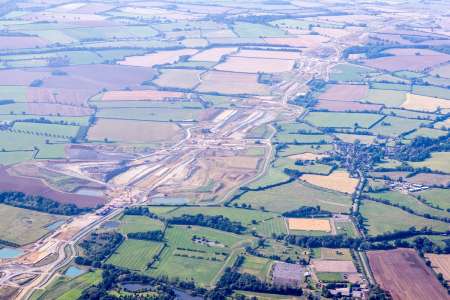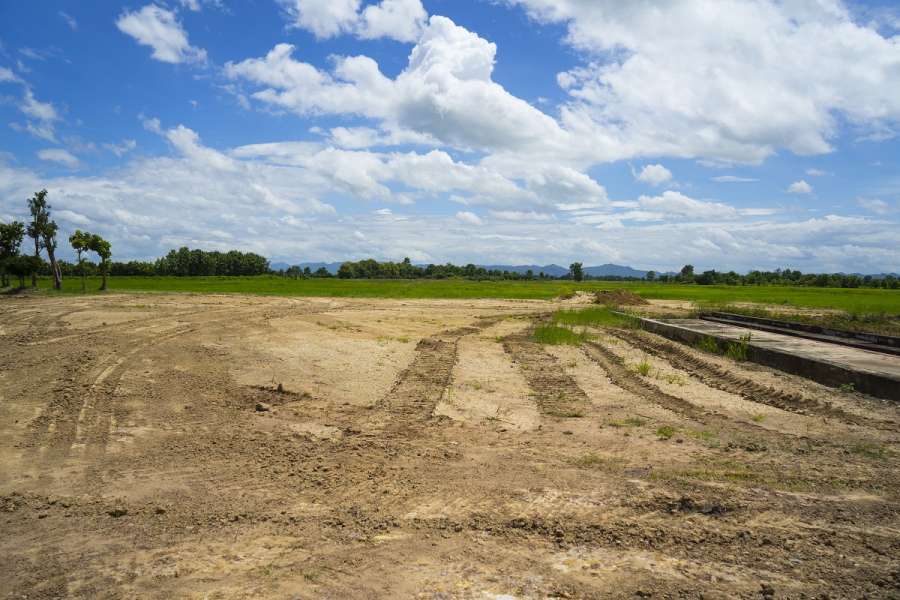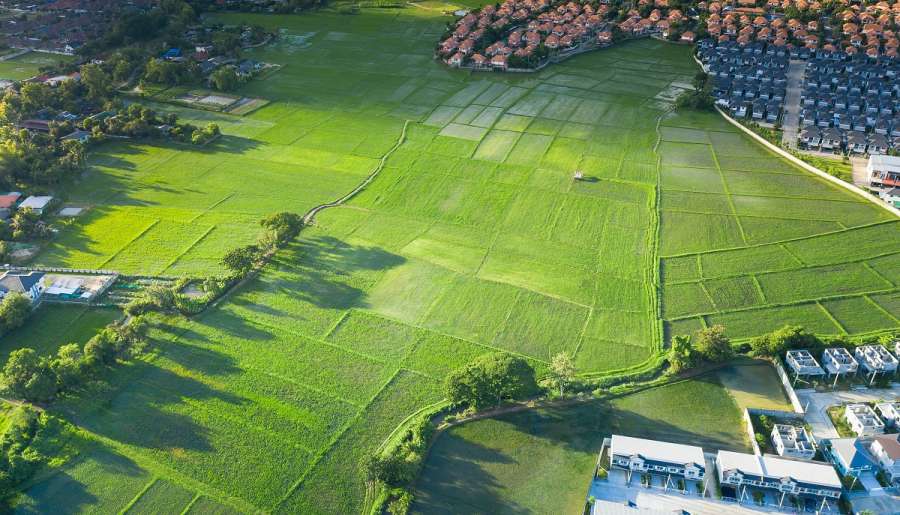In 2022, only 0.3% of all green belt land was used for residential buildings.
However, under a new government, we may see an increase in this use in the future. Labour has pledged to build 1.5 million homes over the next five years.
Whilst Labour suggests that brownfield sites should still be approached first for housing development opportunities, loosening green belt protections and the constraints imposed on development could facilitate greater housing delivery and may assist in resolving the current housing crisis.
Accordingly, green belt land may become more desirable to developers wishing to seize the opportunity to develop affordable housing on ‘grey belt’ land.
Critics of the proposal point out that it could potentially encourage landowners to neglect undeveloped land in the hope that it will later become designated a grey belt.
This could then mean the land is more likely to be granted planning permission for development that would otherwise not have been possible.
The proposals have generally been met with a tentative welcome, with most acknowledging that something needs to be done to address the growing housing shortage crisis.
It remains to be seen how the proposals will translate into concrete (no pun intended) policy change under a future Labour Government.












